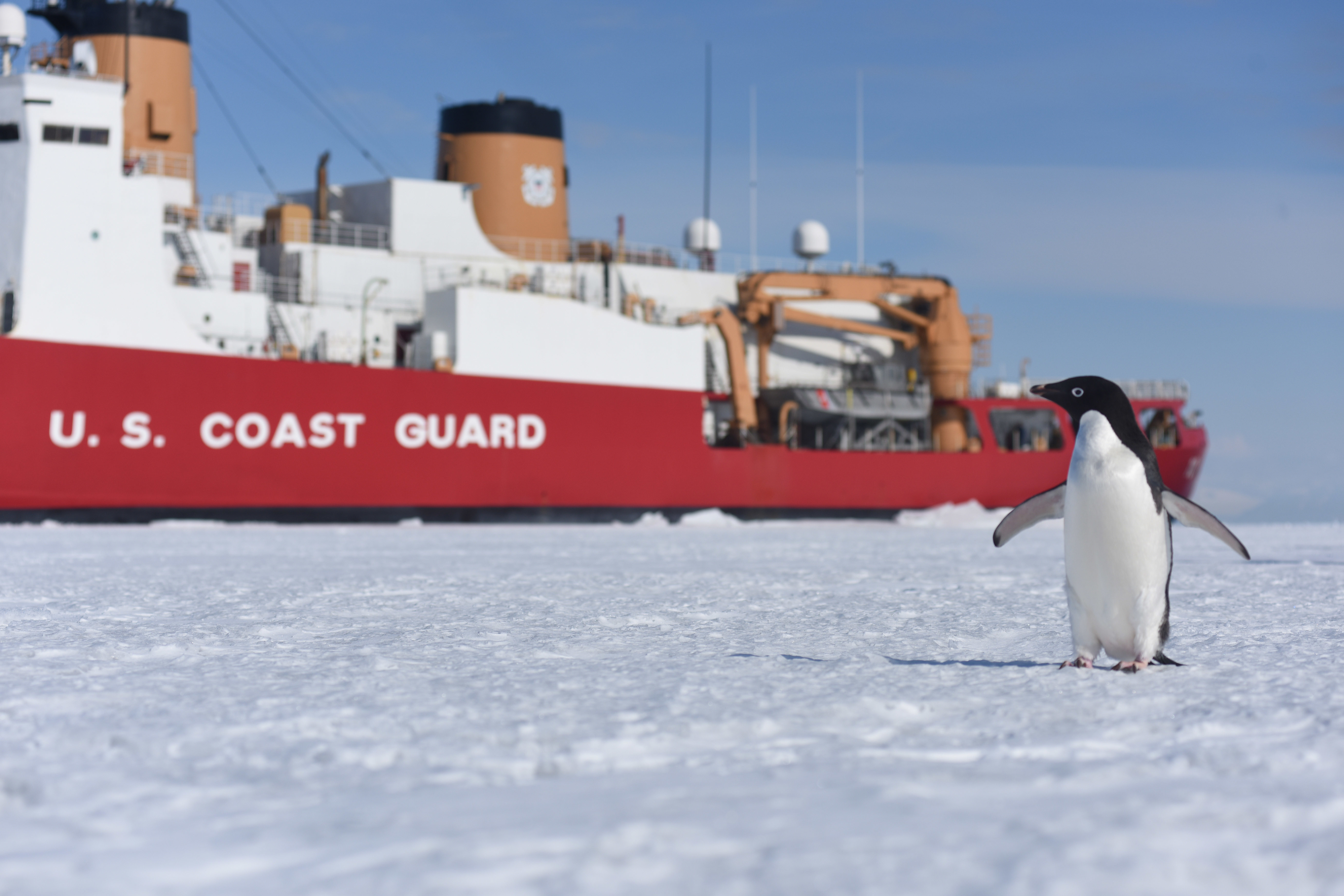
The Coast Guard and Navy today released a draft request for proposals to industry for the detail design and construction of the Heavy Polar Icebreaker.
The draft RFP covers construction of the first ship, with options for two more.
Responses to the draft RFP are due Dec. 11, and the Coast Guard and Navy will release a final RFP early next year, to support a Fiscal Year 2019 contract award. Naval Sea Systems Command has provided contracting and other support to the Coast Guard for this major acquisition program.
The Coast Guard requires heavy icebreakers to support operations in Antarctica, particularly the annual McMurdo Station resupply effort. The service has just two heavy icebreakers – USCGC Polar Star (WAGB-10) and USCGC Polar Sea (WAGB-11) – and in 2011 Polar Sea was put into commissioned inactive status and turned it into a “parts donor” for Polar Star.
The Coast Guard also has one medium icebreaker, USCGC Healy (WAGB-20), for operations in the Arctic, where the ice is thinner.
“The Coast Guard will need a minimum of two new heavy icebreakers to ensure national year-round access to the polar regions and to provide some self-rescue capability,” the service states on its website.
“The United States has vital national interests in the polar regions. Polar icebreakers enable the U.S. to maintain defense readiness in the Arctic and Antarctic regions; enforce treaties and other laws needed to safeguard both industry and the environment; provide ports, waterways and coastal security; and provide logistical support – including vessel escort – to facilitate the movement of goods and personnel necessary to support scientific research, commerce, national security activities and maritime safety.”
Though securing funding is still an issue, Coast Guard Commandant Adm. Paul Zukunft has said the service needs three heavy and three medium icebreakers to provide persistent presence in the Arctic and Antarctic regions, which called a must in today’s security environment.
On Feb. 7, 2017, the United States and Canada signed an agreement that allows the Coast Guard to “test and validate potential heavy polar icebreaker design models at Canada’s National Research Council in St John’s, Newfoundland.” Later that month the Coast Guard awarded five contracts for design studies and analysis. In April, heavy icebreaker system specifications were released to industry in a request for information. Model testing is taking place currently at the U.S. Naval Surface Warfare Center Carderock Division in Maryland.





